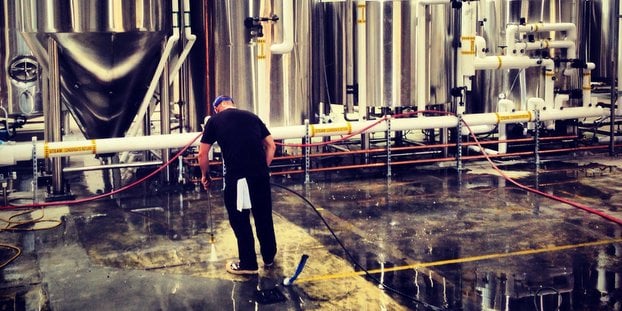
This rising demand for beer has increased the pressure on breweries to produce barrels of superior quality beer within a short period of time. Only a beer sommelier can validate the fact that it’s not merely the hops, the malt and the yeast but also the production process and the faultless sanitation that impact the quality and consistency of the end product.
Sanitation is fundamental to the brewing process. In fact, most brewers spend the early years of their career merely learning to clean the brewery. The U.S. FDA has made it mandatory for all breweries to have an active GMP (Good Manufacturing Practices) program in place. Breweries are required to ensure that their hydrometers, tanks, hoses, kegs, drains and floors are sanitized each day as per the GMP standards, as it critically affects the quality of the finished product.
Regardless of whether you want to venture into the brewing business or already own one, you probably are aware of the fact that brewing is 90 percent cleaning and 10 percent paperwork. Here are a few pertinent points that you must bear in mind, as you master the art of maintaining hygiene in your brewery.
The significance of hygiene in breweries
The brewing process involves microbial activity at every stage. Most of these activities are advantageous to the brewing process; however, others pose threats to the flavor, consistency and safety of the product. Adopting proper hygiene techniques at every stage is crucial to prevent unwanted microbial proliferation. Sanitation can hugely impact two major aspects of the end product.
Quality

The most frustrating thing about the brewing process is when the entire batch of beer goes bad, owing to the microbial contamination. For instance, the presence of Lactobacillus and Pediococcus can render an undesirable buttery flavor and a honey-like consistency to the entire batch. These bacteria also produce sediments that accumulate at the bottom of the tank or bottle. Further, yeast is fundamental to the beer fermentation process; however, “wild yeast” contamination can result in the beer turning cloudy. The above-mentioned organisms can not only spoil the flavor of the beer but also make it detrimental for consumption. Consequently, sanitation is an extremely serious subject for seasoned brewers.
Safety
Stainless steel is widely used for brewing, owing to its high resistance to corrosion and ease of cleaning. However, there is substantial evidence that foodborne pathogens form biofilms that enable them to attach to the surface of the alloy. These contaminated surfaces lead to food spoilage and transmission of diseases. Formation of biofilms results in the adherence and proliferation of the microbes due to which the entire manufacturing process is at the risk of getting compromised. The development of biofilms and their growth is highly strain-dependent. Thus, the accurate detection of these surface-attached microbes is crucial in the production of high-quality beer.
Detection methods for microbial monitoring in breweries
An effective detection method should be able to accurately identify the microorganisms that are potentially harmful to the brewing process and its end product. The following methods are currently being employed by various breweries as a part of the hygiene process.
Cultivation method: This is the traditional method used for a variety of bacteria species. It is also referred to as the plate count method, in which bacteria culture is studied using the spread plate or the membrane filter technique.
ATP bioluminescence (see video above): This technique uses samples from the swab and the rinse water from various surfaces to sense the metabolic activity of the pathogens. This test measures the levels of adenosine triphosphate (ATP) using the residual organic matter present on the surface of the equipment involved in the brewing process. ATP testing can be done on surfaces of vats, kettles, heat exchanger tubing, fermentation tanks, kegs, nozzles, filters, and other surfaces in the brewery.
Protein detection: In this method, samples of microbial suspensions are tested for the presence of protein, based on the color reactions they produce on the protein residue detection kits.
Epifluorescence imaging: This technique estimates the area covered by biofilms. The fluorescence microscope is an optical microscope that uses fluorescence to generate images that depict the contaminated areas.
Impedance/conductance microbiology: This is a rapid test that qualitatively and quantitatively measures the microbial concentration of bacteria and yeast by monitoring the change in the electrical conductivity of the sample.
Scanning electron microscopy: In this technique, a powerful electron microscope is used to produce images of the test sample by scanning the surface with a focused beam of electrons. The electrons interact with the atoms in the sample and produce signals that can be interpreted to obtain information on the type of pathogen present.
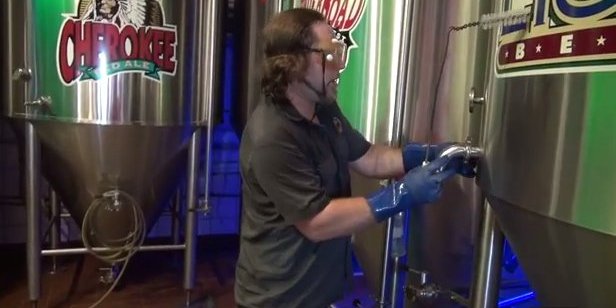
Though multiple test options are available, an increasing number of breweries prefer the ATP bioluminescence method as it takes a few seconds to determine the sanitation levels in an extremely accurate manner.
Contamination resulting from substandard hygiene levels at a brewery renders an undesirable off-taste to the beer and makes it unfit for consumption. The ATP testing method is highly beneficial in detecting each and every microorganism that has the potential to upset the brewing process. Thus, breweries can evaluate their hygiene protocols using this technique and can take necessary steps to improve the quality of their finished product.
Erica Montes is a digital content editor for Live Well Testing in sunny San Diego. She writes about food safety and ATP testing benefits in the food service industry. She also enjoys making “healthy” dessert alternatives and wants to get as many Fitbit steps as possible.

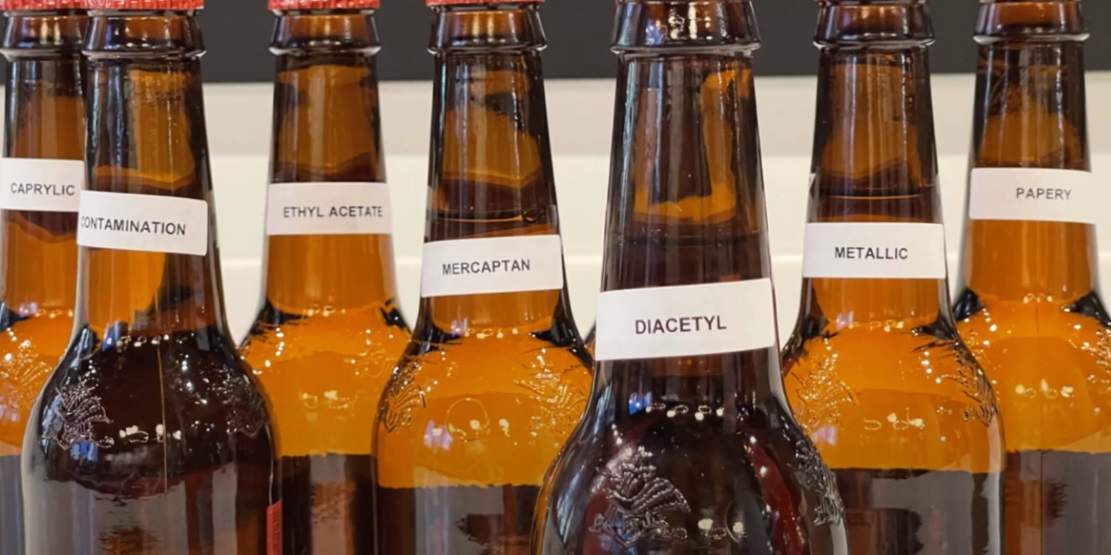

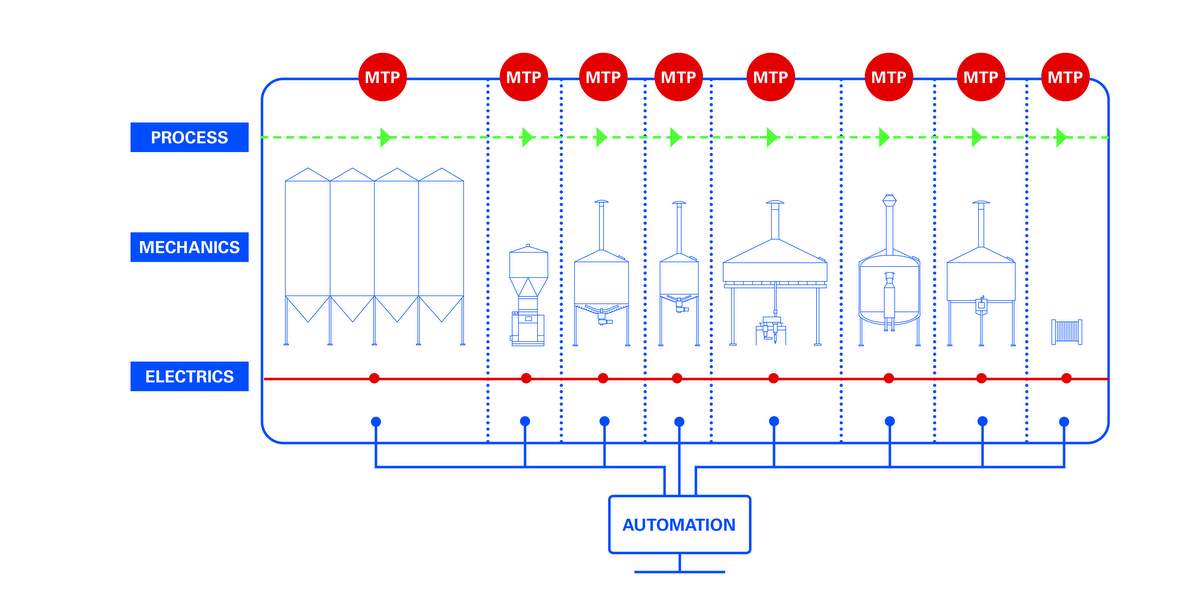
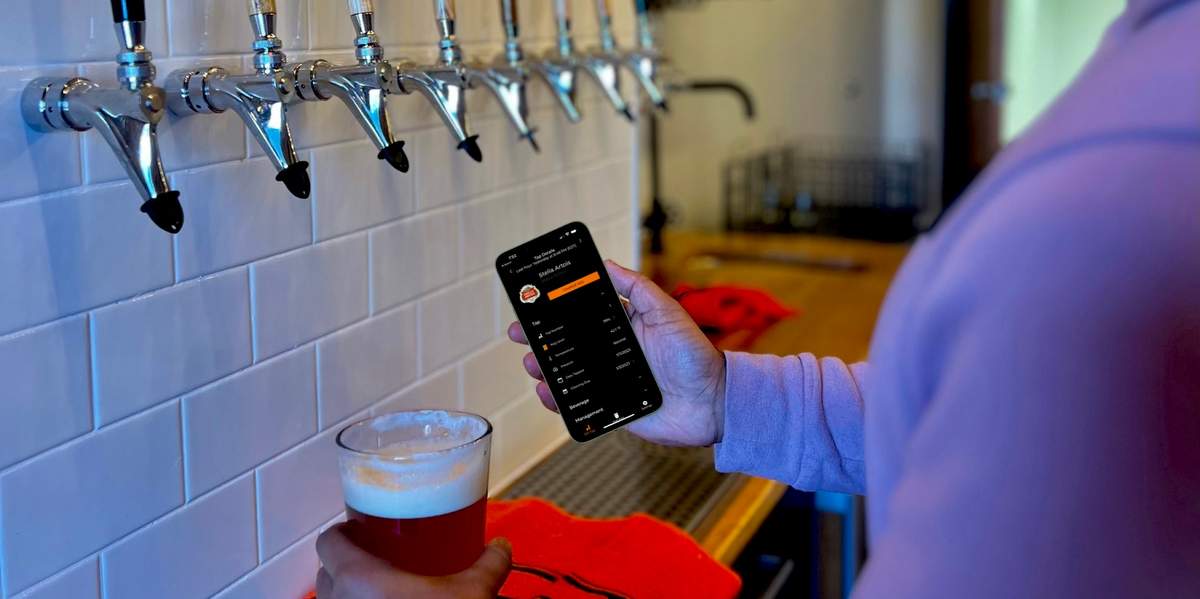
[…] quality. You won’t want to make a batch go bad because of poor sanitation. You can check this article on how to maintain hygiene in your brewery. Also, if you use your garage as a storage area, it is […]